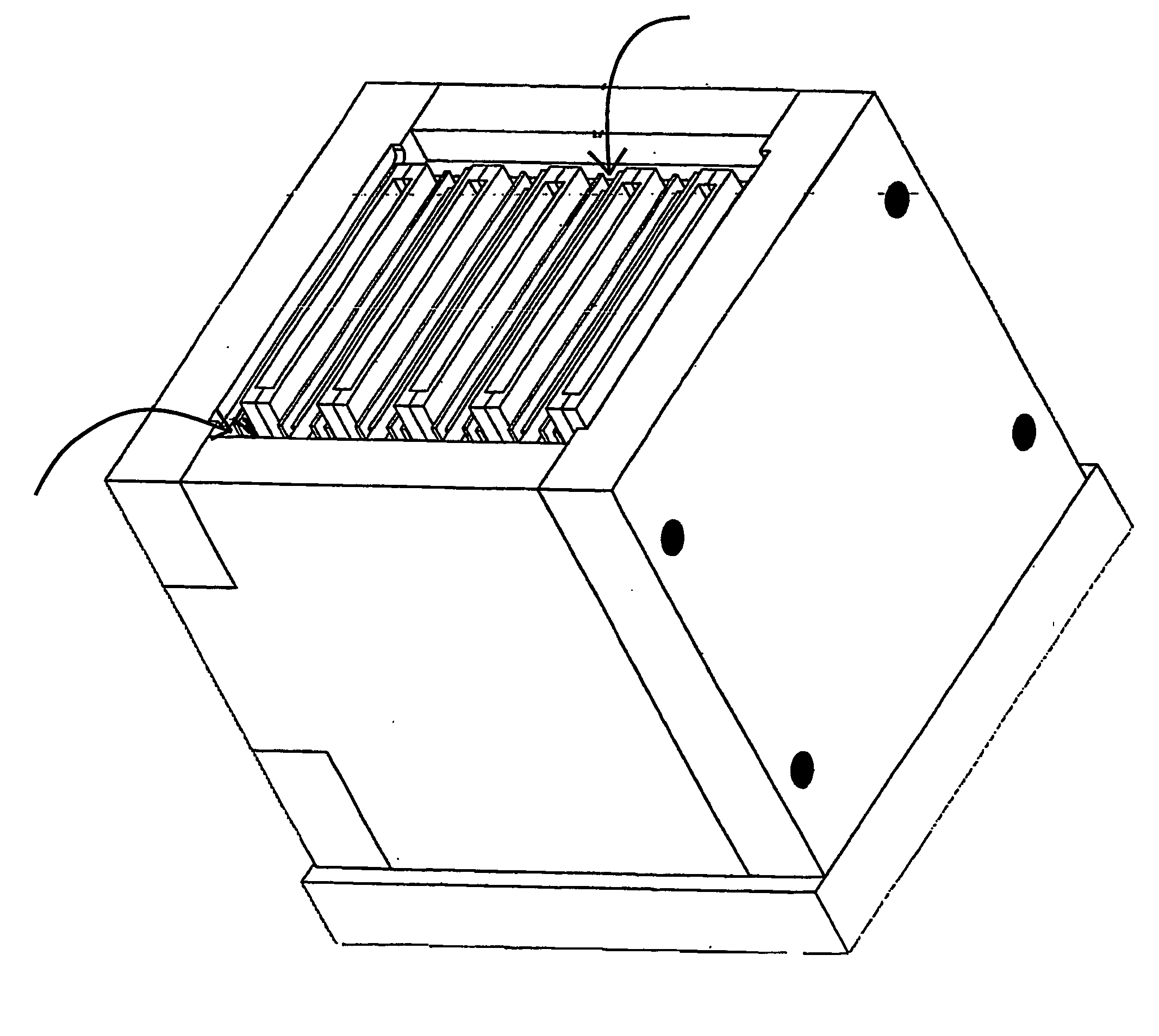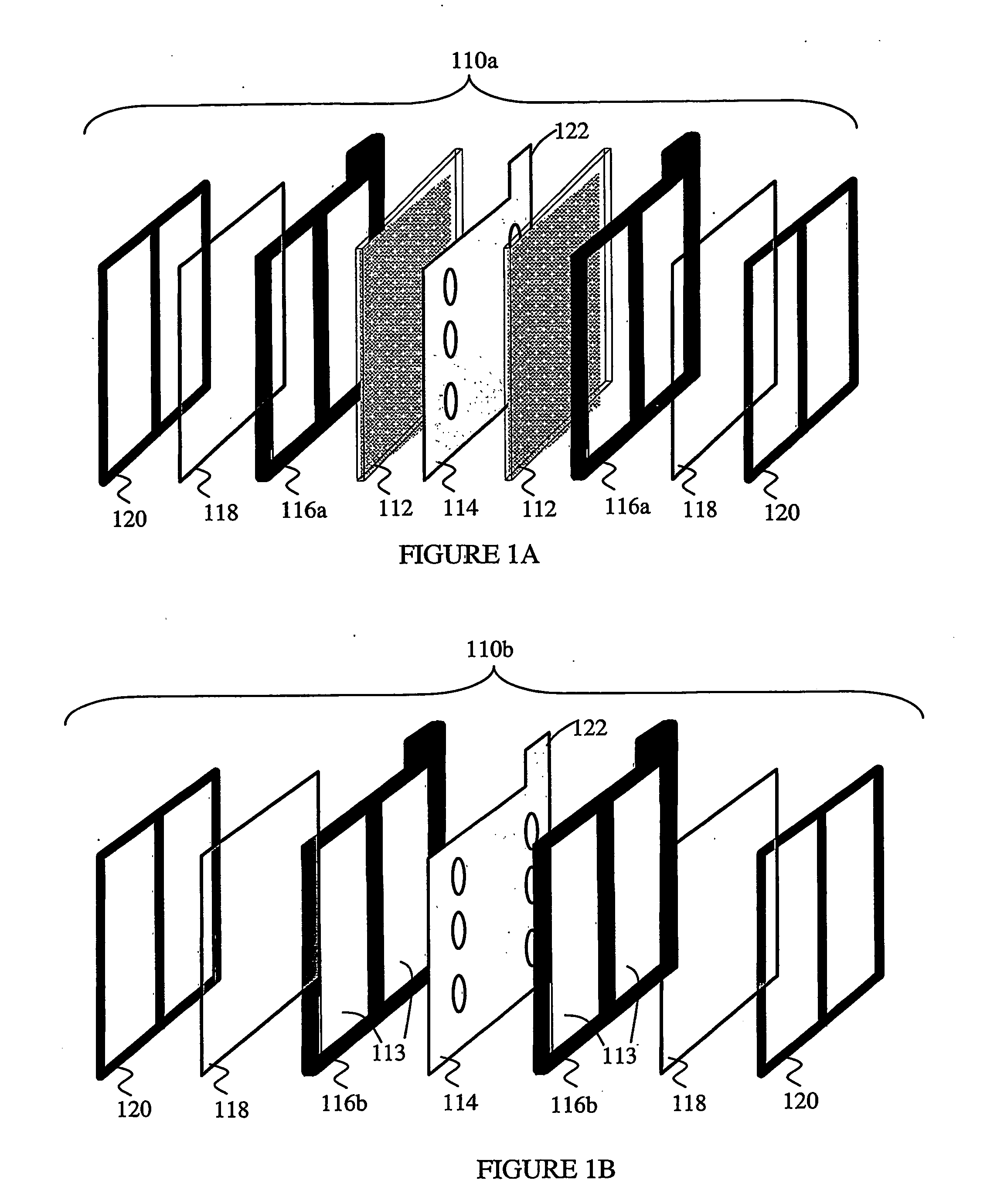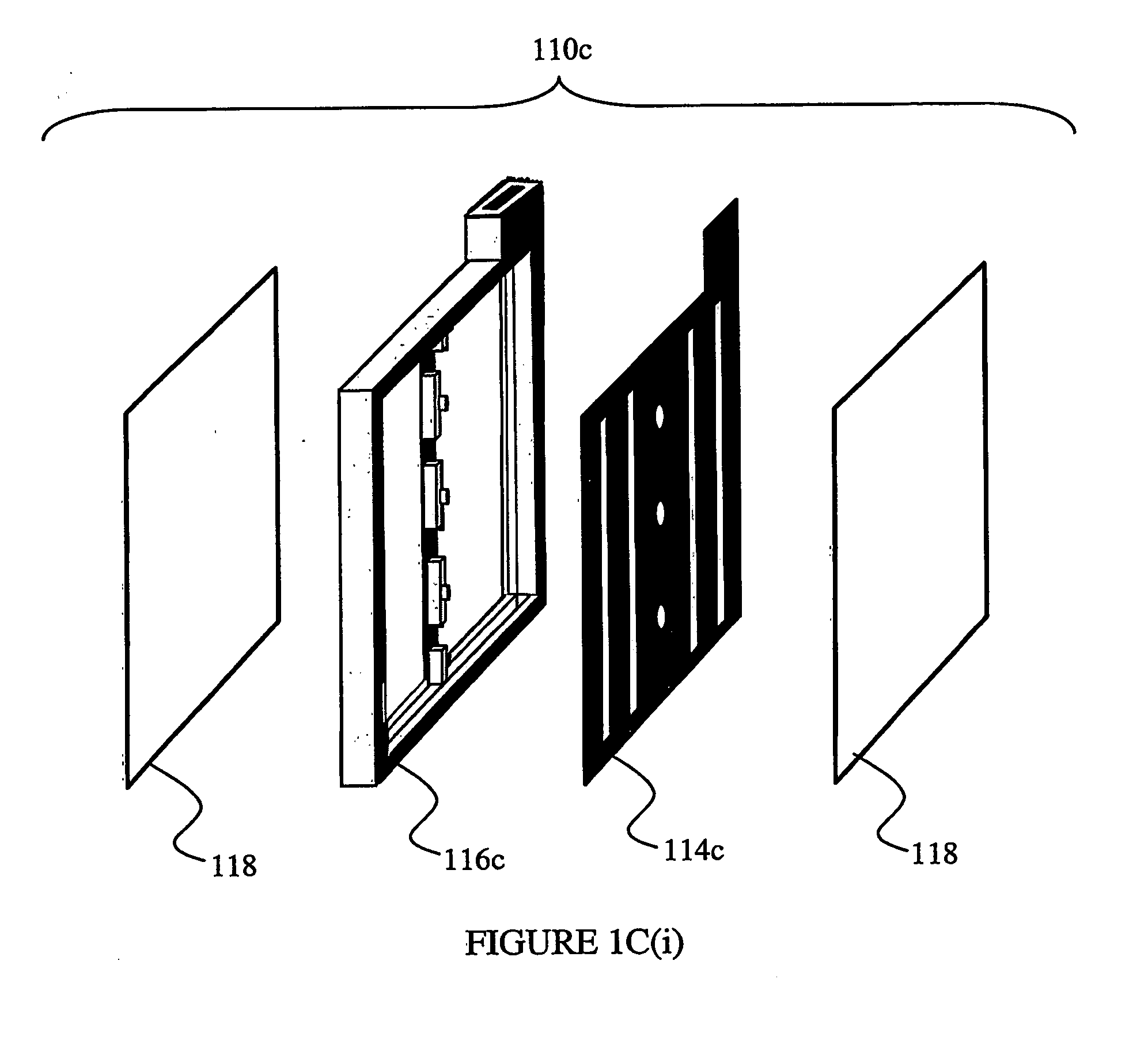Reserve battery
a reserve battery and battery technology, applied in the field of reserve batteries, can solve the problems of increasing the voltage of the cell, raising sanitary and safety concerns, and the shelf life is essentially infinite, and achieve the effect of no deterioration and minimal delay
- Summary
- Abstract
- Description
- Claims
- Application Information
AI Technical Summary
Benefits of technology
Problems solved by technology
Method used
Image
Examples
Embodiment Construction
[0033] The present invention is related to a reserve battery, particularly a metal air electrochemical cell in the configuration of a reserve battery. Various novel features are disclosed herein to improve operability and reliability as compared to conventional reserve batteries.
[0034] In general, the reserve metal air electrochemical cell described herein includes a dry component structure including a plurality of dry components. The dry components including an anode (generally a metal fuel anode) and a cathode, particularly an air diffusion cathode. One end of the dry component structure includes a reservoir of electrolyte concentrate. When activation is desired, water or another suitable liquid is added to the reservoir of electrolyte concentrate, whereby diluted electrolyte is introduced into the dry component structure through an electrolyte flow control structure, thereby causing electrochemical reaction between the anode and cathode.
[0035] Having generally described operati...
PUM
| Property | Measurement | Unit |
|---|---|---|
| Temperature | aaaaa | aaaaa |
| Pressure | aaaaa | aaaaa |
| Flow rate | aaaaa | aaaaa |
Abstract
Description
Claims
Application Information
 Login to View More
Login to View More - R&D
- Intellectual Property
- Life Sciences
- Materials
- Tech Scout
- Unparalleled Data Quality
- Higher Quality Content
- 60% Fewer Hallucinations
Browse by: Latest US Patents, China's latest patents, Technical Efficacy Thesaurus, Application Domain, Technology Topic, Popular Technical Reports.
© 2025 PatSnap. All rights reserved.Legal|Privacy policy|Modern Slavery Act Transparency Statement|Sitemap|About US| Contact US: help@patsnap.com



